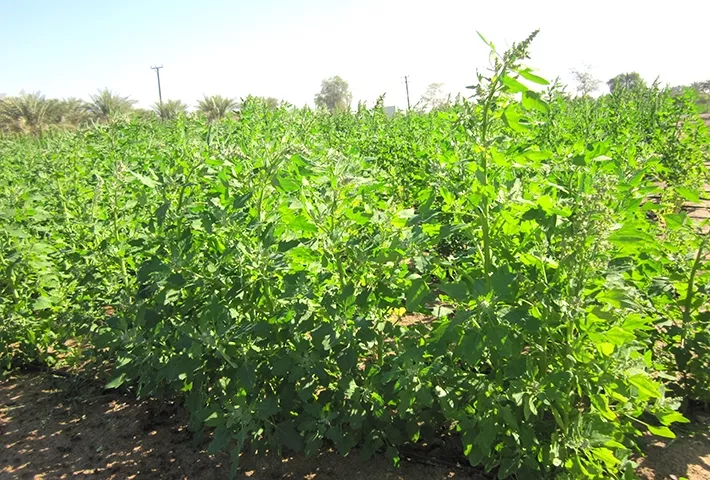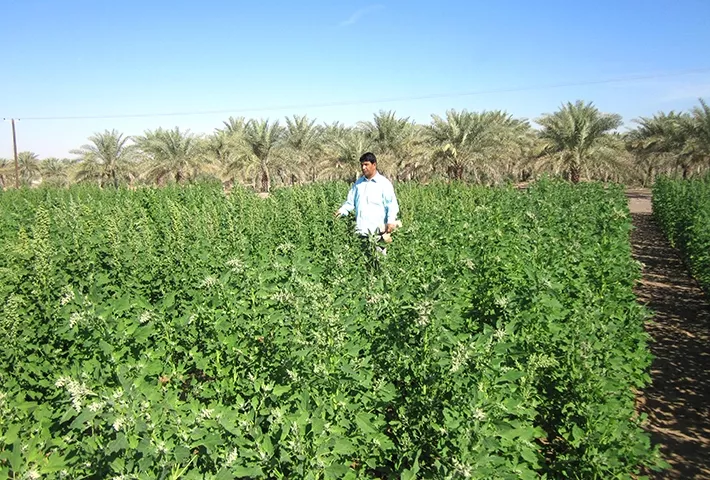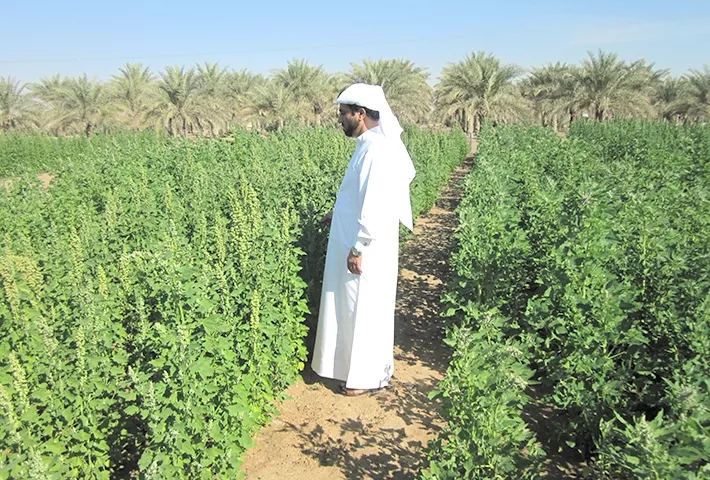Quinoa for Marginal Environments (Phase II)
Problem Overview
The future of food security is a crucial global challenge. One of the most promising crops towards future food and nutrition security is quinoa (Chenopodium quinoa). Originating in South America, quinoa was highly revered by the ancient Andean civilization, but it was not until the 1970s when quinoa began to be introduced to the rest of the world that we began to understand how special this plant is. In addition to having a very high nutritional value, quinoa is highly resilient and it thrives where other crops no longer yield. It grows in altitudes as high as 4500 m above sea level, withstands wide ranges of daily temperatures, produces with as little as 300 mm of rainwater per year and yields in short timeframes. Most importantly, quinoa not only endures salinity but also some quinoa ecotypes prosper in saline soils. There are more than 3,000 quinoa ecotypes whose potential and nutritional value has not been explored outside the Andes.
Project Description
Identify high-yielding and nutritionally balanced quinoa varieties with good local adaptation to marginal environments and high levels of salinity tolerance. Develop the best-performing and stress-tolerant varieties for commercial production.
Research Innovation Theme
Crop Productivity and Diversification
Project SDGs
SDG 1: No poverty
SDG 2: Zero hunger
SDG 3: Good health and well-being
SDG 15: Life on land
Downloadable files
Duration
January 2013 - January 2016
Project Lead
Project Region
Near East and North Africa
Project Countries
United Arab Emirates
Partner(s)
- The Ministry of Environment and Water (MoEW) of the UAE
- Abu Dhabi Farmer’s Service Center (ADFSC)
- National Agrarian University (UNALM), Peru
- Institute of Research and Scientific Cooperation and Technological Arabic - Latin American and the Caribbean (ICCTALA)















